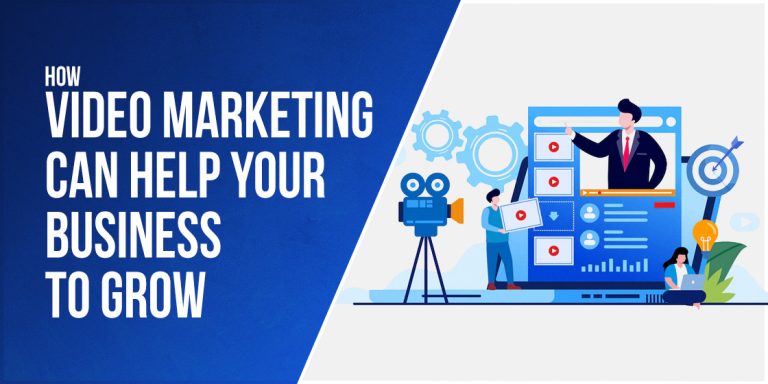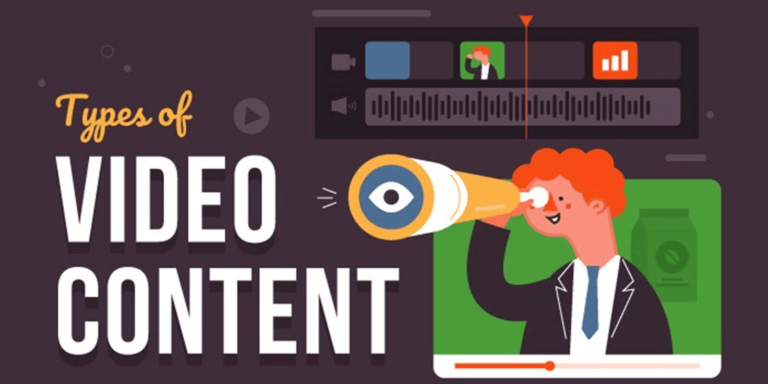
Table of Content
Producing a Live-action or Animated Video
Video production can be a time-consuming and labor-intensive task. It has a high probability of failure if not done correctly. Conversely, when done right, video content is worth all the headaches.
Today, videos have proven themselves the most engaging content format, over text or static images. Our goal is to produce content that attracts and interests the user into buying from our brand.
Studies suggest that video banners are 27x more likely to be clicked than textual or static image banners. With the rising popularity and high conversion rate of videos, it is obvious why video content quickly replaces text and static images as the preferred content medium for marketing.
Let’s find out how you can produce quality video content to bring your brand messages to life. With the help of a reliable live-action or animated video production service, you can boost your brand’s memorability and attract new customers to it.
What Are the 3 Stages of Video Production?
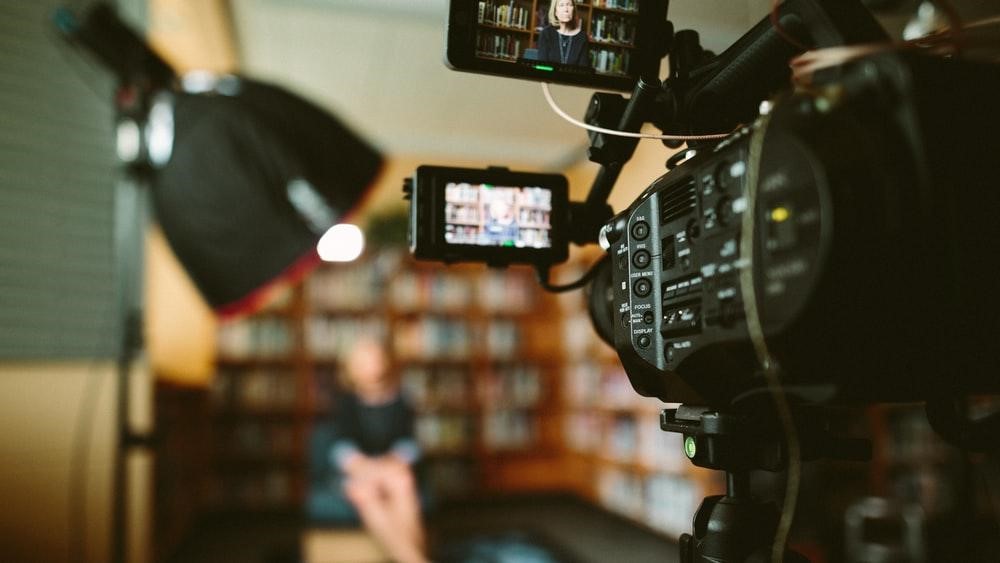
Producing a video requires a process that consists of three main phases. The pre-production phase is considered the planning and strategic phase, where we plan out the entire project. The next step is the production phase, which sees the video being shot or animated, depending on its type.
Finally, the post-production phase sees the video being edited into its final form. That includes integrating relevant audio, transitions, and other effects to amp up its visual appeal.
Let’s have a look at the production process for videos and study each step in detail.
Pre-Production – The First Phase of the Video Production Process
Pre-production is the first phase of the process when creating a video. It consists of a series of steps that help you plan out the entire production process, from the need for the video through the video’s release.
The main factors decided during this phase include:
- The type of video you are going to produce
- The content that is to be portrayed in the video
- The video’s intended audience
- The talents and resources required for the production process
- The expected timeline for the project
Essentially, the pre-production phase takes the most time when we decide to produce a video. But if done correctly, it ensures that the rest of the production process goes by smoothly and efficiently and results in a successful video.
What are the Project Objectives?
Specifying the objectives is the step that precedes everything else. You need to ask questions like, why does your brand need this video? What do you expect this video to achieve? Who are you targeting with the video?
The purpose of this step is to define a goal for the video, using which you could determine whether the project is a success or a failure. To determine your video’s objectives, you can follow the SMART methodology.

- Specific
- Measurable
- Achievable
- Relevant
- Time-bound
These five factors will allow you to create achievable goals that will determine if your video fulfills its purpose or not.
Who is the audience for this video?
No matter the type of content you plan to produce, knowing its intended audience is an absolute necessity. Similarly, a successful video knows who it is designed for exactly.
It’s highly probable that when you decide to produce a video, you already know:
- who the target audience is going to be,
- and what kind of content would speak to them.
If that is not the case, then the first step is to perform in-depth research on your target demographic.
The information you require could contain
- the age bracket,
- their gender,
- location,
- likes and dislikes,
- and the kind of content that connects with them.
To get this information, you could conduct interviews or ask for customer feedback on different ideas through websites or social media channels.
While you could get by and produce a passable video without most of this information, the quality and effectiveness of that content would not be worth it. Spending a little time and effort collecting this information will help you develop an outstanding video production plan to guide the entire production process.
What message are you trying to portray with this video?
Once we know who the video will target, the next step is to study that data, map it to your goals, and develop a message you want to portray.
The ideal way to do that is to think from the consumer’s point of view. What would you want to do after watching the brand video?
- Would you visit the brand’s site and buy a product?
- Or would you be more inclined to subscribe to the brand’s newsletter or YouTube channel?
Once you know what action you want your potential customer to perform, then you need to figure out what message will guide a customer to that action. The resultant message will be the message you would need in your video.
Creating an effective video production strategy
A good strategy is what defines whether a video project fails or succeeds. The video production strategy maps out the entire production process, ensuring that you stay within your budget and efficiently meet your deadlines.
The hallmark of a well-designed strategy is that it can evolve by adapting to new scenarios or issues that might pop up. Essentially, it should be like a framework, meaning it defines the base parameters yet leaves you relatively free to express your creativity within those constraints.
Such a production strategy will ensure that you:
- Deliver the video on time
- Stay within budget
- Develop high-quality content that offers a high ROI

Developing a brief for the video production
A video production brief summarizes the information you have collected to have all the data on hand to guide you through the production process. The information included in this brief defines the tasks and requirements for each member of the production team and helps them achieve their goals.
The brief covers your:
- Video production objectives
- Target demographic
- Video message
- Production budget
- Project deadline
Defining your creative approach
Once the brief is done, it’s time to get started on the creative aspect of the video. You need to decide the concept of the video by consulting the data in your brief. Once you know all the elements that could be used in your video, you need to plan how each aspect needs to be portrayed.
Moreover, it would help if you decided which elements should be emphasized and which features should be toned down.

This task can be made easier by evaluating similar videos available online and listing out everything that stands out for you.
The result of these two tasks combined will be your video’s creative approach.
How to develop an appealing video script?
Now that you have your creative approach and your video production strategy, the next step is to develop a script for your video. The ideal script will portray your intended message and comply with the creative approach you generated earlier.
When writing a script, make sure that you keep the talent in mind. The tone of the dialogue should be suitable for the voiceover artists or presenters you have hired. In case you haven’t hired a resource yet, then style it according to your ideal artist.
Additionally, the tone and the wording should be:
- pleasing,
- natural,
- and easily understandable to your intended viewers.
Be clear and concise, and avoid run-on sentences,
Designing a storyboard for our video
A storyboard will help you visualize the video and its production and highlight the sections that require animations or additional footage. The purpose of a storyboard is to help bring your ideas into cohesive and visible goals.
Add as much detail as you can for each scene, like:
- the placement of each character,
- the lighting,
- the mood of the video,
- framing etcetera.
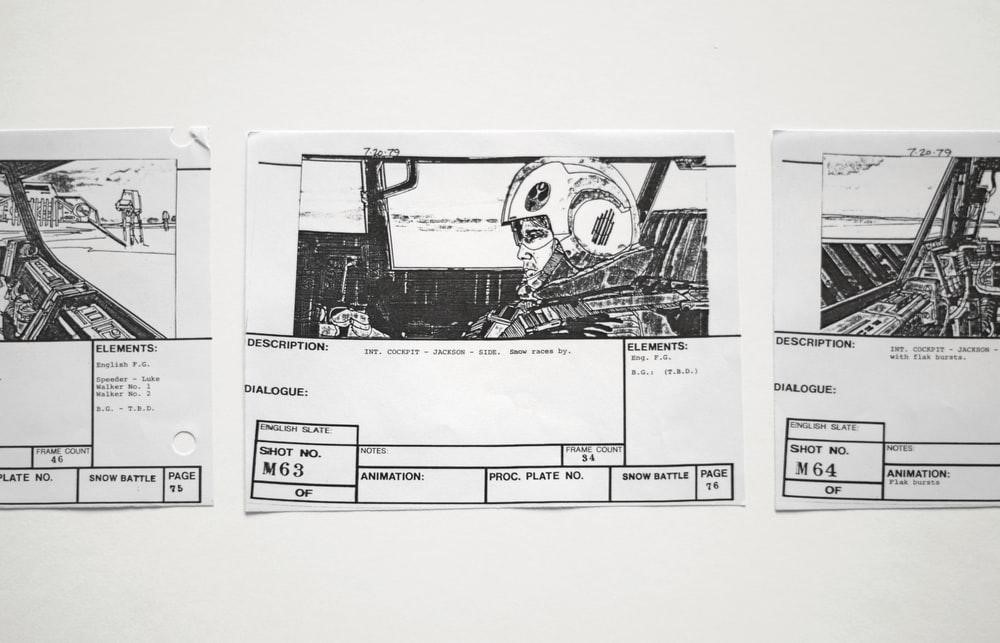
The complexity and detail of the storyboard depend on the type of video you are planning to produce. The primary goal is to have a proper visual layout of every scene of the video.
Research the venue (where applicable)
Suppose you are shooting a live-action video that requires a proper venue or site. In that case, the next step is to search and visit compatible locations.
Depending on the location and your venue requirements, the right venue might require permission before you can start shooting your footage.
List your required equipment and the talent
If you are shooting a live-action video, some of the equipment you might need includes:
- A video camera
- A microphone setup
- Lighting equipment
Additionally, you might also require a power generator, a trailer for the team and computer equipment, and more, depending on your venue. All of the necessary equipment should be listed down in this step so that everything could be procured in a timely fashion.
Production – The Next Phase of the Video Production Process
Now comes the actual production part of the video process. With the help of the production strategy, you can figure out the estimated timeline for this phase and then plan and manage accordingly to deliver on time.
Now comes the time when you assign a director to your project. Depending on the scope and size of your video, a professional might be hired to fill in as director. That is because a director’s job is highly demanding. They make sure that each talent gives their best during the production process.
Moreover, the directors ensure that each script’s scene is done perfectly and finish everything required by the script and the storyboard.
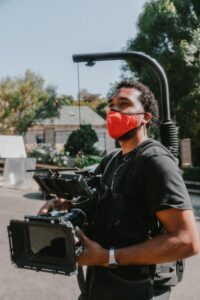
Prepare the set (where applicable)
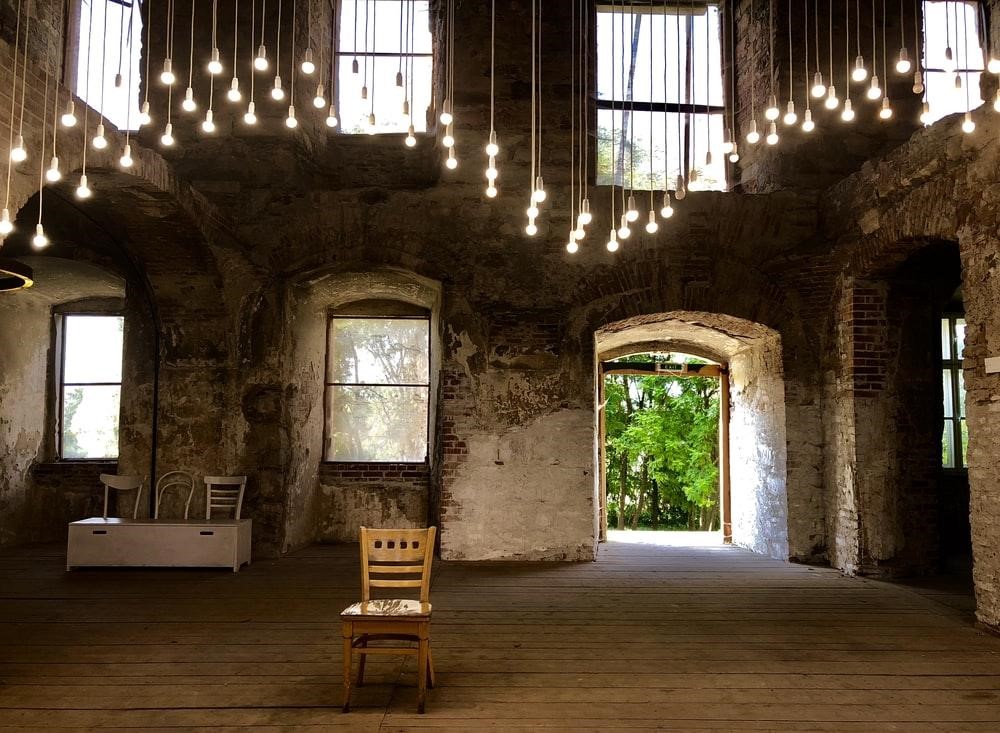
You need to schedule sufficient times to optimize and prepare the venue or the set according to the needs of the video.
Setting up the lights, props, cameras, and sound system, and other equipment takes a lot of time, depending on the venue. Creating unrealistic timelines to set up your video’s sets will result in issues during the production process. They will delay the project even more than if you had allotted the proper time in the first place.
Direct your talents on the HOW of the video
Another crucial step is informing and directing the talent on how to deliver their parts properly, according to the script’s directions. The style of delivery will affect the speed, style, and overall effect of the video. It might result in reducing the viewer appeal.
It doesn’t matter if the talents are relatively newcomers or veterans. Managing the talent’s delivery as per the brief and script is entirely up to the director. He is the one who knows your goals and will manage the various talents to deliver them.
Create the required animations (where applicable)
Suppose the video being produced is animated, or a live-action video requires some animations to make it more interesting. In that case, the next step is to design the necessary energies.
Animations can transform otherwise dull content into something dynamic and engaging. That makes it more attractive for the user to watch and relate to.
Always shoot a B-roll video.
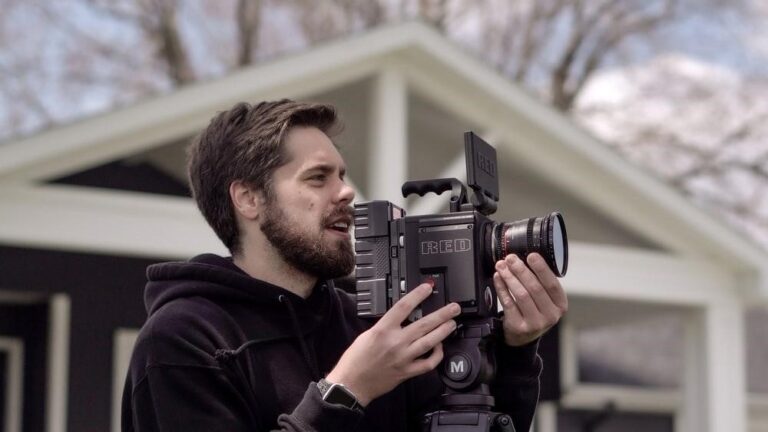
In the case of a live-action video, make sure that you shoot additional footage related to the main reel. This extra footage or B-roll is defined as filler or stock video used to combine the video’s scene into a single entity.
A B-roll may contain:
- Shots of the venue from different angles
- Pictures of the crew setting up
- Anything that catches the eye after shooting the main video.
Post-Production – The Last Phase of the Video Production Process
Post-production is where you take all your shots and reels and combine them into a single, appealing video. The steps involve editing the required length, adding vocals or voiceovers, animations, or any other elements for the video.
Import and edit your video project
Import all your shots into the editing tool to start the post-production process. Once imported, snip each clip down to the essential parts, and create a rough and basic timeline.
Next, using the script and the brief, start organizing the video clips according to scenes and shots. The new timeline created will be the final one, with properly ordered and cataloged clips.
Record and add a voiceover to the video
The next step is to have the voiceover talent record the required audio and add it to the video. Depending on the requirements or budget, you might hire a professional to record a voiceover or do it yourself.
Ensure that the talent you use appeals to your target audience and that they can make your message come to the forefront subtly. Once they are done recording and you have edited it according to your needs, you can add it to the timeline to synchronize it with the footage.
Integrate background music
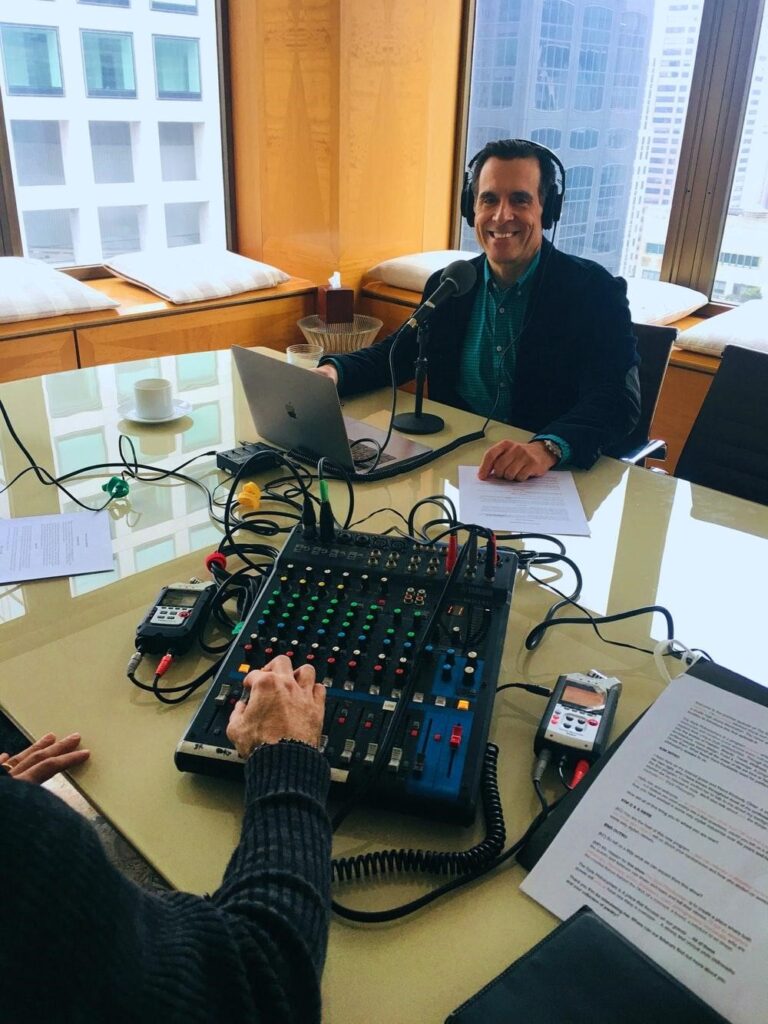
If your video does not require a voiceover, you might decide to add a background track to enhance the appeal of your video. Good music enhances the effect of a video by influencing the mood of the viewer.
Moreover, you might also use music to fill the gaps between the voiceovers as a form of audio transition. Additionally, you might also use different soundtracks for the other video parts to make them distinct or emphasize a video section.
However, you need to make sure that the music you add does not take away from the video’s core message but rather enhances it.
Integrate transitions, graphics, typography, or effects
Now comes the step where you add any visual effects, transitions, or animation to your video. It will enhance the impact of the script and boost your video’s visual appeal.
You might decide to add a few infographics or an animation depicting a process described in the video to help the viewers understand the information better. That makes your video dynamic and makes for a more immersive effect.
Be mindful of the video’s color theme
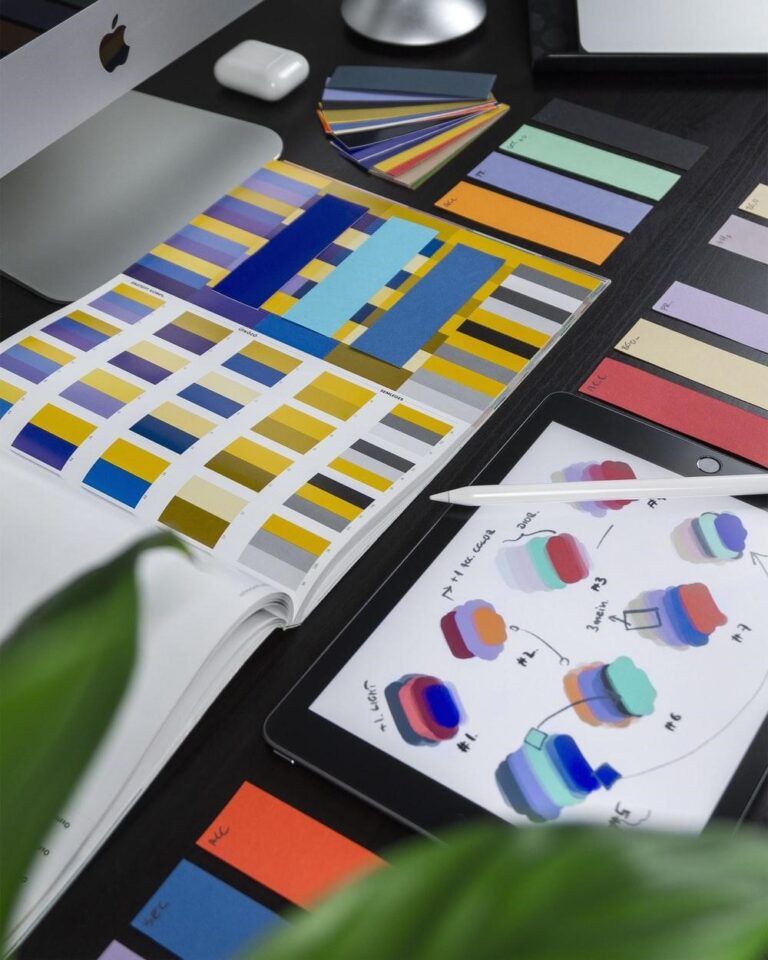
Be very careful about the color scheme for the video. Colors influence the viewers’ minds, and using a suitable color scheme can help you improve the impact of your video. Use bright and vibrant colors to amp up your core message, and embody a sense of energy and activity in your video.
Render the finalized video
Finally, the last step in the video production process is to render the video and encode it into the format of your choice. Suppose you want to post the video on popular platforms like YouTube, Facebook, or LinkedIn. In that case, mp4 is the format of choice.
Promoting the Finished Video
Once you’re done rendering the video, the next step is to promote it. You can distribute and promote your video through various online channels, including social media like Facebook and Twitter. Moreover, you can also upload the video to sites like Vimeo or YouTube, which can then be used on your website or shared through social media easily.
Nowadays, content producers share the same video on multiple platforms. This ensures that they get the maximum reach possible for their video.
Animated vs. Live-Action Video Production – How Does the Process Differ?
For the most part, developing an animated video or a live-action video is the same, albeit with a few changes. Now you might wonder, what are those differences? And how much of an impact do they have on the video production process? Let’s have a look.
- The pre-production phase would remain the same for both. However, there would be no need to visit a venue for the shoot when producing an animated video.
- There would be no need to prepare a set for the shoot for the production phase or shoot a b-roll, as the animations for the video would be designed from scratch.
- Post-production would remain the same for both animated or live-action videos.
- For animated videos, the production and the post-production would be merged into a single phase. That is because designing animations from scratch and turning it into a video would combine the purposes of these two stages.
Besides the significant differences mentioned above, a few minor ones further differentiate animation and live-action videos’ production processes. The differences add up even more when comparing the various kinds of animated videos, such as typography or motion graphics vs. animation
Why is a Corporate Video Production Process Necessary?
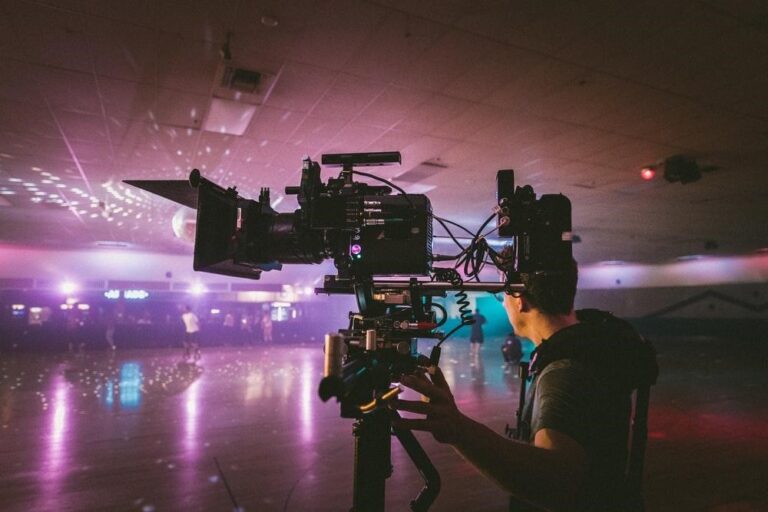
Improves Dependability
No matter what type of video you are producing, a good production process helps streamline the entire task. It makes it far simpler and more efficient. The process reduces unexpected video issues from ensuring that every crew member is accounted for to booking and procuring venues and additional equipment.
Ensures Timely Deliveries
As described above, producing a video takes time. A production process streamlines each task and ensures that each phase is finished on time. It reduces the chances of the timeline extended beyond the estimates and delaying the delivery of the final product.
Accurate Cost Estimates
As each step is planned out before production, an efficient corporate video production process ensures that everything which might affect the overall cost is addressed and procured. That reduces the chances of exceeding the assigned budget through increasing production rates.
Requires Fewer Changes
Defining each goal on the first day ensures that the video meets all the requirements. Doing so helps result in fewer revisions. The majority of the plans would already be addressed, and only minor details would need to be altered.
Tips to Improve the Commercial Video Production Process
Now that you know what is required to produce a video, you can confidently start making your first video project. As a newcomer, there might be a few issues that might hinder the success of your project. Below are a few tips we have compiled to help you navigate those problems and come out ahead.
Organize all your data.
Make sure that you have researched the project thoroughly before starting it. For instance, if you want to use your brand logo within your video, make sure that you have the logo file ready in the desired format and resolution.
Aim for perfection, but respect your limits.
Go for endless revisions to achieve what you perceive as perfection. Once you know that the video will work well for its task, it’s time to move on.
Assign the task to the right professional.
No one is an expert in every aspect of the video development process. Nor does everyone have the time or the resources to develop a good video. Hire the right experts or consultants to help you create the video project.
Trust the experts.
These professionals have been doing their work for a long time. Their experience is worth far more than any abstract information an amateur might have. When you hire a professional, trust their instincts.
Do not let a bad experience get you down
Video production is a highly technical set of tasks. Every expert started as a newcomer, and it is their failures that taught them the best way to produce a video.
Frequently Asked Questions (FAQs)
| What is the video production process? The process is designed to help develop high-quality video content. It consists of three steps – pre-production, production, and post-production. |
| What are 5 careers in video production? You can be a production assistant, boom operator, cinematographer, videographer, or camera operator in video production. |
| What is the job of a video producer? They must create video content for their clients, portray their journeys, company stories, internal announcements, promo videos, and much more. |
| What skills should a video producer have? A video producer needs to have a good eye for detail. They need to have large amounts of patience, be a good storyteller, deliver on their deadlines and have strong communication skills. |
Conclusion
Each video project is unique and therefore requires a somewhat different approach. However, a few elements and steps are familiar to them all, called the video production process. It’s your job as the primary stakeholder to ensure that proper procedure is followed throughout the process, whether you outsource the task or produce internally.
That will ensure that your video will be finished on time and be of the highest quality.

Logopoppin
Logopoppin is a graphic design agency that specializes in logo designing, web development, video production and advanced branding services. We love to innovate businesses with new age technologies, allowing them to improve their visual reputation.

